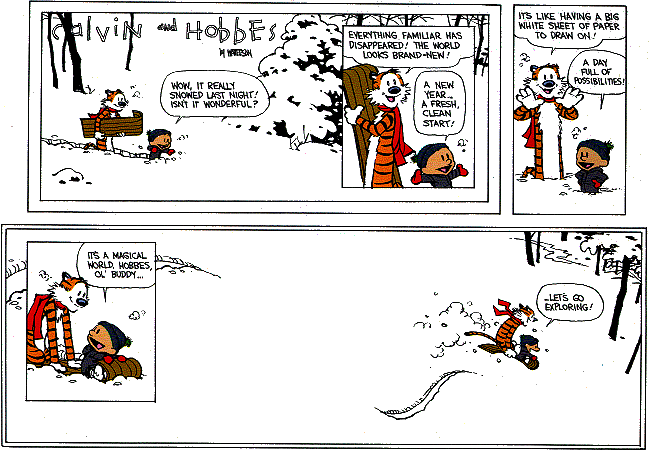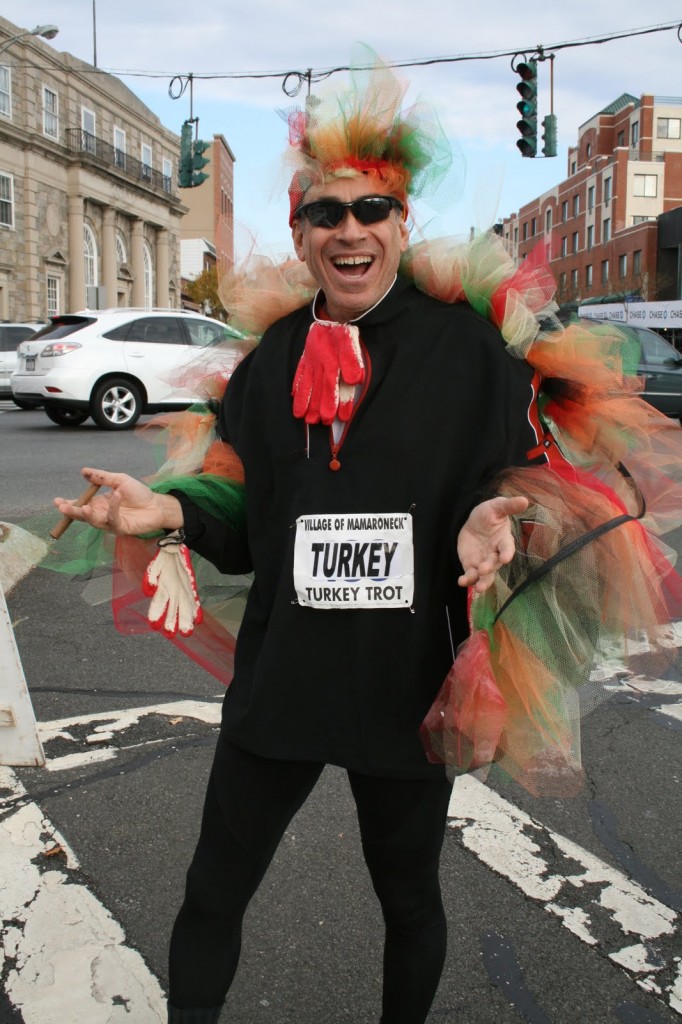
The hammock was striped in four shades of green. It hung by the water’s edge, from the end of a short wooden pier, covered by a thatched roof.
The horizon to the east was limited by only two things: Human eyesight and the curvature of the earth.
As I gently swung in the hammock, I watched the sun give the impression of sunrise, as the planet slowly rotated into position. Nearby, elegant egrets stood sentry and prehistoric looking pelicans skimmed the water’s surface, both looking for breakfast in their own special ways.
I was in Central America on an atoll with my family, 36 miles off the mainland. There was no power line. No plumbing. No cell service. No wi-fi. We were off the grid. I wasn’t even sure where my iPhone was as I hadn’t touched it in days — it being a useless brick except for the redundant camera.
Earlier that day — meaning the dead of night long after moonset — nature had asked me to briefly leave my tent, and I took a few moments to gaze at the Big Dipper ablaze near the northern horizon amidst the brightest stars I’d seen in decades. There was no light pollution to dull their twinkle.
Later that day I planned to kayak and snorkel and dive, to swim with sharks and rays and turtles and eels and a bazillion oddly-shaped, oddly-colored creatures, corals and plants in the waters of the atoll.

It’s strange, sometimes, that one can find comfort when leaving one’s comfort zone. But such is the nature of adventure.
While I was doing this, I also knew that out there on Twitter or Facebook, some folks would spend their time looking for something to be outraged about, some micro-aggression hidden to all but their own tribe, or someone who simply didn’t meet their definition of perfect.
And I knew, with as much certainty as the human brain can muster while swinging from a hammock, that none of them would ever have carved on their headstone, “I wish I’d spent more time fighting on Twitter.”
Going off the grid brings a healthy perspective.
Such travel is limited by three things: Time, money and inspiration. When we are younger, with fewer responsibilities such as jobs, spouses and kids, there is generally more time but less money. And when we are older there is generally more money but less time. But most important for such travel, without inspiration, both time and money are meaningless.
While this might appear, at first blush, to be the opening to a self-indulgent travelogue, it isn’t intended that way. One need not travel down to Belize to engage in discovery — or even up to the relatively close Catskills, Adirondacks or Finger Lakes of New York for some camping and hiking.

Adventure can be found at home. It can be found anytime one leaves one’s comfort zone to explore something new. It could be eating new foods, trying new sports or recreations, listening to different kinds of music, or meeting new people. For lawyers, adventure may be in getting sworn into SCOTUS. Each is an adventure in its own way. As long as it’s new.
The results are not guaranteed. And that is part of the point. For if you knew in advance that the sun would shine, your health would be good, that special someone would say yes to a date, and that new food you tried to cook would come out great, where would be the adventure? Where is the thrill of mystery and learning and reward for time spent?
When we are younger, adventure is easy. Because everything is new, everything is an adventure. When I was 28 I quit lawyering and took a year off to backpack the world. Every hour of every day brought something new. And every so often, I still remember new stories to bore my family with.

But this year I’ll reach the 30th anniversary of my 30th birthday, and I appreciate even more how easy it is for folks to be stuck in a rut. One of my jobs now is to inspire my kids to explore and seek adventure for what it is, for each one wizens us to new experiences, new people, new views and further enlightens us to the human condition. And it’s fun.
The vast majority of my posts are on personal injury law in some manifestation, mostly geared toward New York, which kinda makes sense when you title your blog New York Personal Injury Law. This one isn’t. Unless one wants to consider that New York City’s trial lawyers, both civil and criminal, will meet jurors from across the globe and it’s good to know a bit more about the backgrounds and experiences they might have had in the old country.
So exploring and learning new things for lawyering might be a bonus. It also helps us appreciate that just because the law says x it doesn’t mean the jurors will follow that. Because their gut may tell them otherwise.
But adventure isn’t done to make us better at our jobs because then it would be called work. It is an end unto itself, like a hobby is to many, that we do merely for the experiences they bring.
As the clock struck midnight and we started the new decade, I knew that people elsewhere were out partying big time. I was asleep. Out by 9:30, as was everyone else in our camp. If you want to feel the earth turn as the sun gives the appearance of that sunrise across that unlimited tropical horizon, staying up until midnight for the artificial change of a calendar makes little sense. Besides that, watching my digital watch change from 11:59 to 12:00 isn’t terribly exciting.
The excuse of a new year (and a new decade) has brought many people, no doubt, to make resolutions. Each year I make the same one with my standard dad joke: I will make no resolutions except the one not to make resolutions. I’ve always kept it.
But this year, as I swung in the hammock on the warm morning breeze, I finally made one and relayed it to my college-aged daughter likewise swinging nearby. My resolution was to go forth and have more adventures, though I readily concede having had far more than my fair share in this lifetime. The resolution is to actively seek and find new experiences for no other reason than this is what makes each of us sparkle just a little more, and makes each of us smarter and wiser about the world around us, and it brings perspective to what we do on a day-to-day basis.
Happy New Year to everyone. And happy new decade. You may be older today than you’ve ever been but you’re younger than you’ll ever be. Go forth and have an adventure.
Now what are you intending to do?





